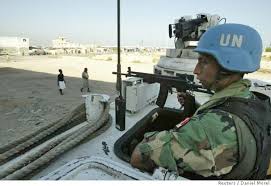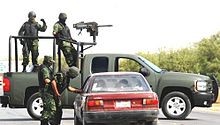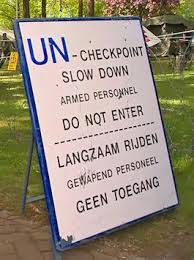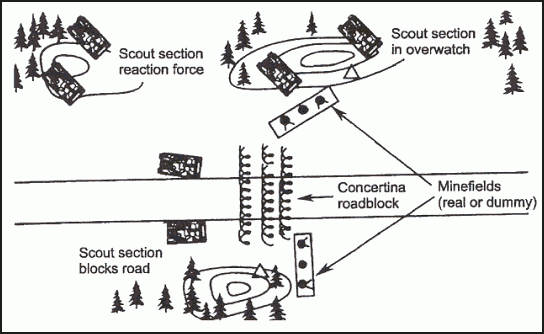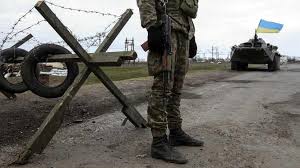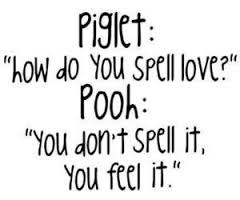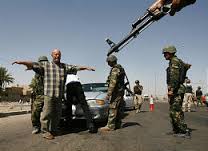Het arrangement Mobile Checkpoint is gemaakt met Wikiwijs van Kennisnet. Wikiwijs is hét onderwijsplatform waar je leermiddelen zoekt, maakt en deelt.
- Auteur
- Laatst gewijzigd
- 05-06-2016 19:53:37
- Licentie
-
Dit lesmateriaal is gepubliceerd onder de Creative Commons Naamsvermelding 3.0 Nederlands licentie. Dit houdt in dat je onder de voorwaarde van naamsvermelding vrij bent om:
- het werk te delen - te kopiëren, te verspreiden en door te geven via elk medium of bestandsformaat
- het werk te bewerken - te remixen, te veranderen en afgeleide werken te maken
- voor alle doeleinden, inclusief commerciële doeleinden.
Meer informatie over de CC Naamsvermelding 3.0 Nederland licentie.
Aanvullende informatie over dit lesmateriaal
Van dit lesmateriaal is de volgende aanvullende informatie beschikbaar:
- Toelichting
- Within the army a mobile checkpoint is essential for operational and strategic goals. You have been introduced with this subject in Leerperiode 9. Person and vehicle search, and also ID checks are part of the procedures. You must be able to do certain aspects in English. You have to learn the words that come with it and you must be able to use them in a military context.
- Leerniveau
- MBO, Niveau 2: Basisberoepsopleiding; MBO, Niveau 3: Vakopleiding;
- Leerinhoud en doelen
- Engels;
- Eindgebruiker
- leerling/student
- Moeilijkheidsgraad
- gemiddeld
- Studiebelasting
- 2 uur 0 minuten
Bronnen
| Bron | Type |
|---|---|
|
Nepalese Army Soldiers Conducting Vehicle Checkpoint in Exercise Khaan Quest 2013 https://www.youtube.com/watch?v=qak2UWAbYUE |
Link |
|
Learn the words Use Quizlet http://quizlet.com/meng53/folders/mobile-checkpoint |
Link |
|
Checkpoints in Manilla https://www.youtube.com/watch?v=ZMY-11t4V8U |
Link |
|
training of journaists https://cpj.org/reports/2012/04/armed-conflict.php |
Link |

